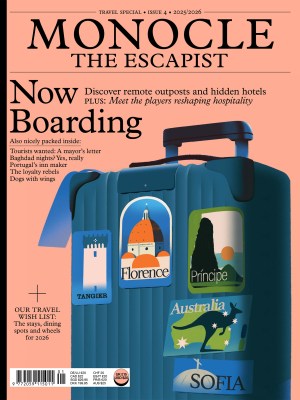Galicia: Step Out of the Ordinary
A source of great bounty and even greater inspiration, the wild Atlantic seeps into all aspects of life in Galicia and gives it a thrillingly unpredictable edge.
Galicia & The Wild Coast
In search of magic, from Muxía to Buño
In search of magic along Spain’s wild Atlantic coast from Muxía to Buño, you are just as likely to find barnacle divers and dramatic lighthouses as you are striking hilltop hotels and unique craftspeople. Life might be slow and simple on the Costa da Morte but these magical moments ensure that you’re never far away from astonishment.
Julio Castro Marcote is the general manager of Parador Costa da Morte, a striking hotel overlooking the sea in Muxía. “The selling point of Spain is always sun, sand and sea,” he says. “But people come to Galicia for something less expected.”
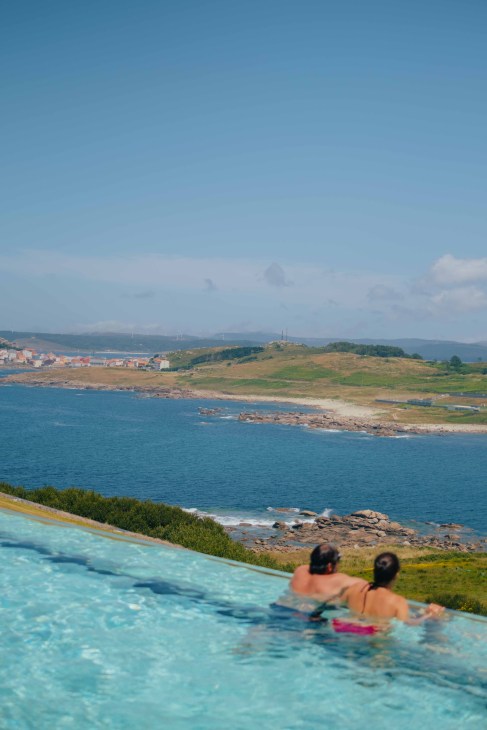
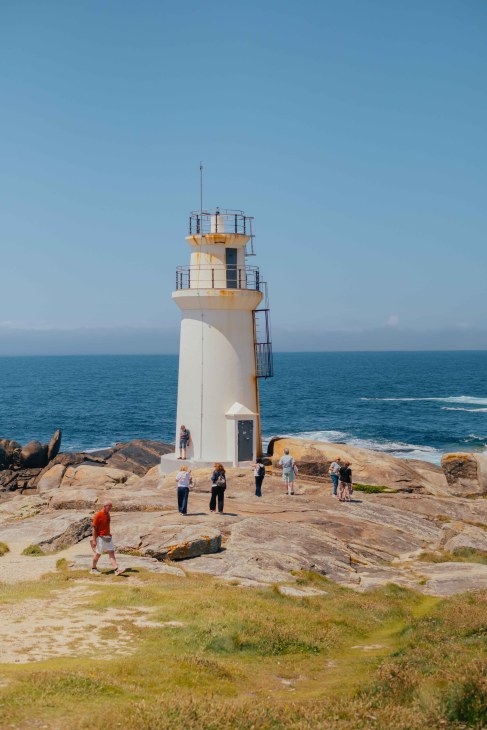
The sun might not be the only selling point but on the day that Monocle is in town, it is high and bright. The brilliant light turns up the saturation of the surrounding green hills, which are dotted with rock formations, often twisted and huge like gargoyles on guard. As Marcote sits in the hotel’s bibliotéca, blinking at the sun through wall-to-wall glass – the sleek interiors were dreamed up by local architect Alfonso Panela – the famous Galician fog rolls in from the pristine beach. “People come here because it’s wild, because of the serenity,” he says. “It’s like magic.”
Further along the coast, the fishing township of Muxía juts out on a jagged peninsula. Here, once a month, bold men go jumping for percebes – or barnacles – a dangerous but lucrative harvest unique to the area. The worse the storm, the better the bounty.
The unpredictability and the risk is all part of the appeal. Cape Finisterre was once thought of as the end of the world. Its lighthouse beam extends more than 40km and serves as a reminder of the area’s maritime past and status as a welcoming port in a storm.
Heading inland, towns such as Buño developed a strong tradition of craft that is still celebrated today. Ceramicist Pablo Rodríguez learned his craft from his uncle, one of the region’s most renowned potters. “My uncle taught me that if a piece wasn’t made to perfection, it was lacking its essence – its ‘soul’, you might say,” he says. “I think about that a lot.”
After relocating to A Coruña, the nearest major city to the Costa da Morte, Rodríguez opened Risco Studio – its name refers to the concentric rings around the neck of traditional storage pots. His work draws from traditional techniques – he still aims for perfection – but his style is more artistic than the functional designs of his forebears.
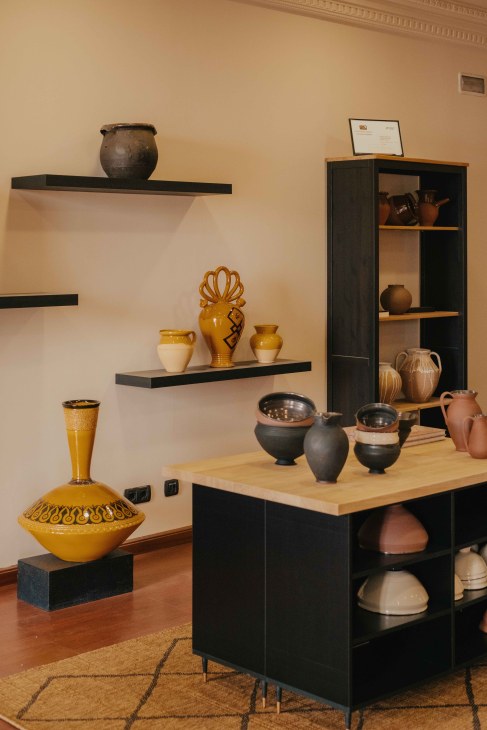
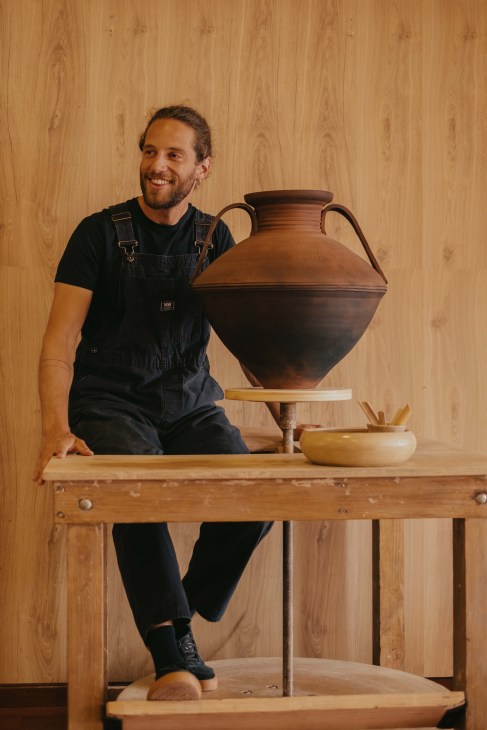
Fellow local ceramicist Verónica Moar makes pieces that reflect the workers who live from and by the sea: porcelain sculptures of buoys, vases that reference the itinerant water carriers of centuries past. Together, Moar and Rodríguez host bi-monthly meetups for the local creative community, in which they discuss craft, creativity and their muses. “It’s a lively place to work, to make art,” says Moar. “I take inspiration from everything around me – but always the sea.”
Galicia & Gastronomy
A new wave of cuisine
A culinary journey on Costa da Morte shows that Galician hospitality is built on convivial cafés, family-run restaurants and the best fresh produce in Spain.
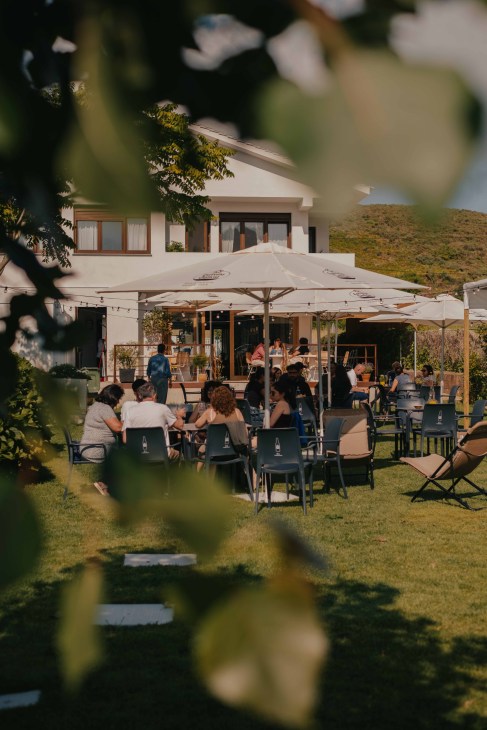
Here, food and family are inextricably linked. The owners of Fisterra café Etel&Pan, Palmira Castro and her husband, Etel Bande, are the latest in a proud legacy of hospitality: Castro’s grandfather opened a restaurant in the nearby town of Sardiñeiro in 1917. In 2024, the couple opened their second outpost: a deli selling gourmet products including bocadillos [snacks], conserves, tinned fish and their own beer. They identified a gap in the market for slow, locally sourced groceries. “Galicia has some of the best fresh produce in the country,” says Bande. “It seems a shame to not appreciate it.”
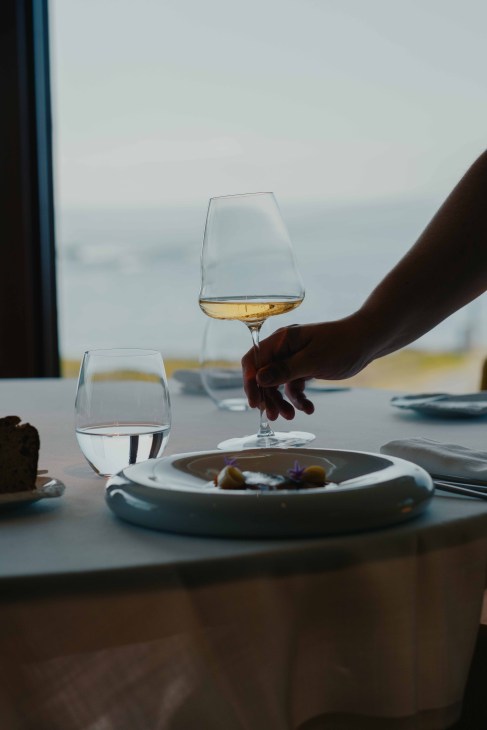
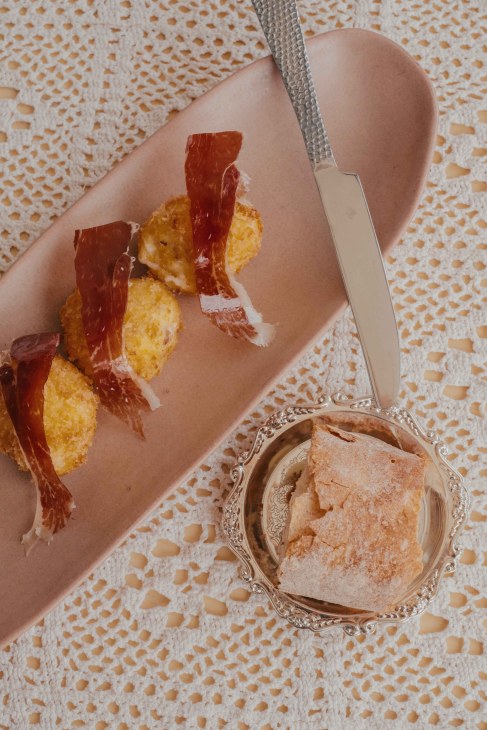
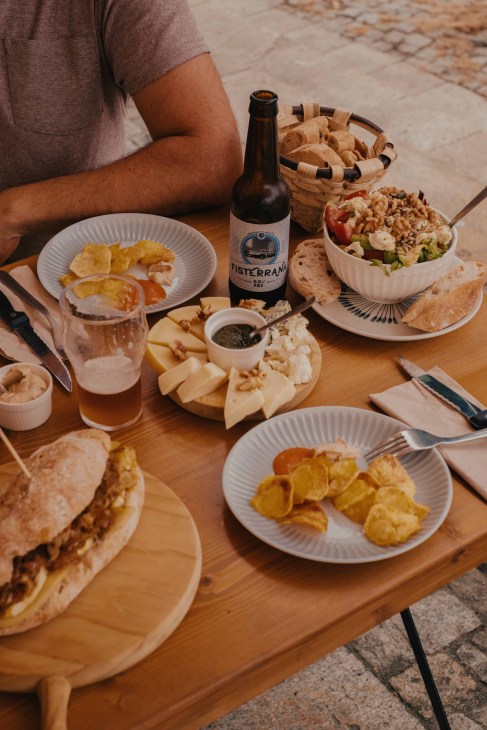
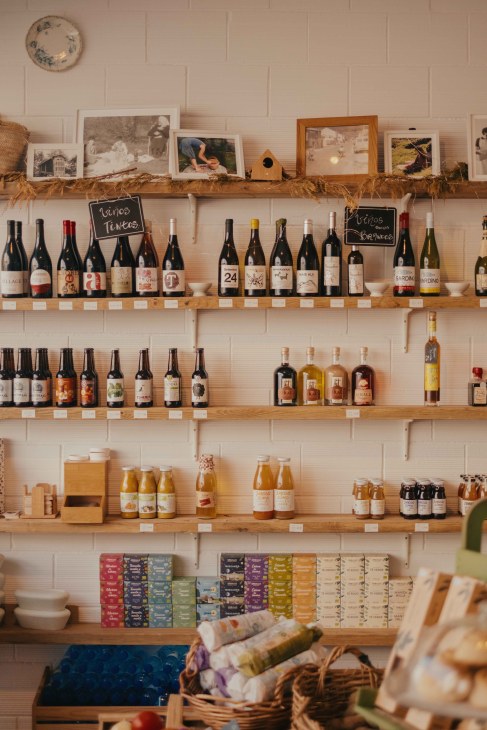
A new wave of restaurateurs is fusing the best of Galician cuisine with avant-garde techniques. Near Malpica is As Garzas, a family restaurant passed down through three generations. Set in what appears to be a comfy home, it is proof that many of the best culinary discoveries are made along gravel roads.
Xurxo Agrasar runs As Garzas with his partner, Eva Fares, after his parents stepped back from daily operations earlier this year. One of his signature dishes is marinated Galician mackerel. “It’s a mix of the classic and the modern, which is what I like to do,” he says. Instead of frying the fish, as is customary elsewhere, Agrasar cooks it sous-vide. “The Galician pantry is simple but you need all things in harmony,” he says. “The produce is already good, so if you don’t disrespect it, your dish will also be good. But if you add something extra in your technique, in your style, well, then it will be wonderful.”
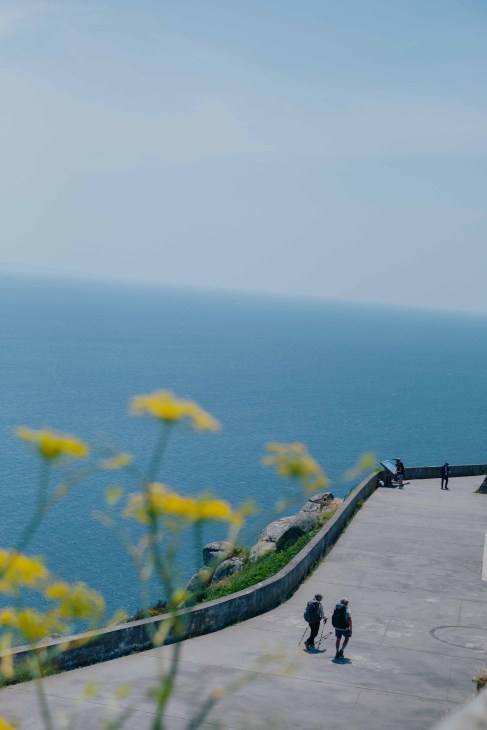
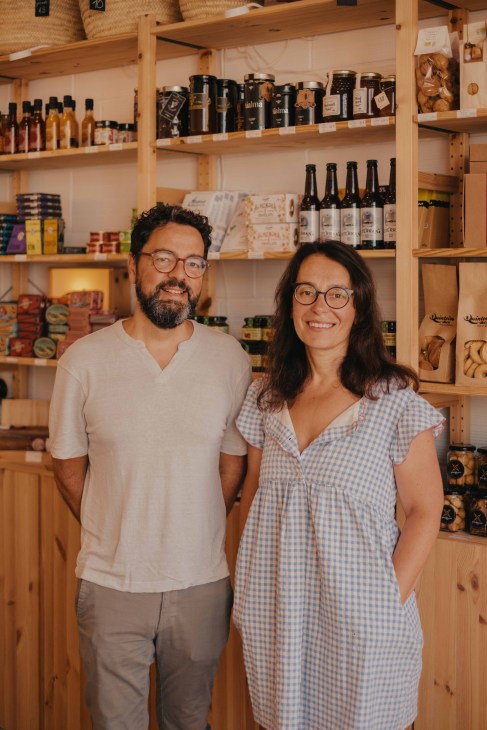
That search for something extra is what draws people to this unspoiled stretch of Galician coast. What they are tasting is time – the history of the region, pickled and stuffed and salted into every dish. Saúde!


